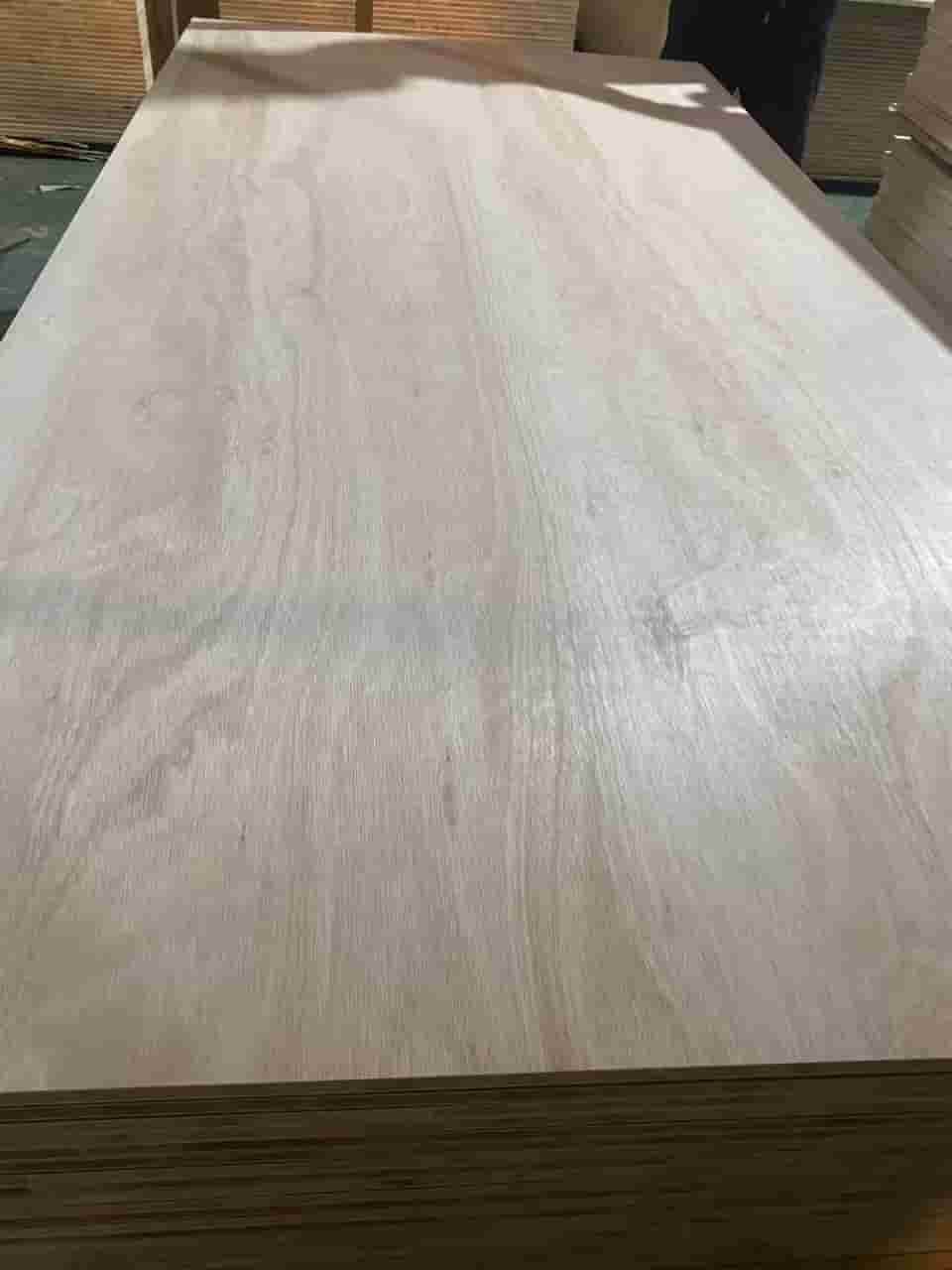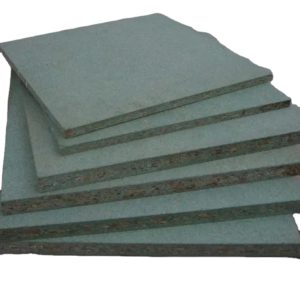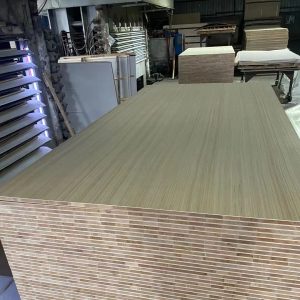In the world of building and construction, plywood is an essential component that plays a vital role in various projects. Its versatility and durability make it a popular choice among builders and contractors worldwide. However, the cost of plywood can vary significantly depending on several factors, including quality, type, and availability.
One of the most significant factors affecting the cost of plywood is its quality. High-quality plywood, such as those made from high-grade wood species like birch or oak, tends to be more expensive than lower-quality options. This is because these types of wood are stronger and more durable, making them ideal for heavy-duty applications. On the other hand, low-quality plywood made from cheaper woods like pine or spruce may be less expensive but may not last as long or perform as well under stress. Therefore, when considering the cost of plywood, it is crucial to weigh the benefits of higher quality against the potential long-term savings of choosing a more affordable option.

Another factor that affects the price of plywood is its type. There are several types of plywood available in the market, each with unique properties and uses. For example, marine-grade plywood is designed to resist water damage and is ideal for boatbuilding or outdoor projects. Similarly, structural plywood is made to bear heavy loads and is commonly used in construction sites. The type of plywood you choose will depend on your project’s specific requirements, and different types come at different price points. As such, understanding the distinct characteristics and purposes of each type can help you make an informed decision about which one offers the best value for your needs.
Availability also plays a crucial role in determining the cost of plywood. If a particular type or grade of plywood is scarce or in high demand, its price will likely increase. Additionally, regional differences in forest resources can impact the availability and cost of certain wood species used in plywood production. Furthermore, transportation costs can also influence plywood prices; materials sourced from far-off locations may be more expensive due to shipping fees. Being aware of market trends and supply chain dynamics can help anticipate fluctuations in plywood costs over time.

In addition to these primary factors, there are other elements that can affect plywood pricing. These include thickness, size, and finishing options such as sanding or coating with adhesive layers. Thicker and larger sheets typically cost more than thinner ones due to increased material usage and manufacturing complexity. Meanwhile, special treatments like fire retardant coatings or enhanced moisture resistance can raise the price further. When budgeting for your project, consider all these additional costs to ensure you have covered all aspects of your plywood expenditure.
When seeking low-cost alternatives, options like veneer plyboard or engineered wood panels might offer a balance between price and performance. Veneer plyboard consists of thin layers of wood glued together to form a sheet, providing a cost-effective solution for some applications where appearance isn’t a primary concern. Engineered wood panels combine various wood byproducts into a uniform product that mimics natural木材 texture while often being more affordable. However, it is essential to remember that these alternative materials may not provide the same strength or durability as traditional plywood, so they must be selected based on suitability for their intended use.

To get the best value out of your investment in plywood, researching current market prices and comparing different suppliers can yield significant savings. Online marketplaces often showcase a wide range of products from numerous vendors, allowing you to easily compare prices and specifications. Additionally, purchasing in bulk quantities can sometimes result in discounts from manufacturers or distributors looking to move large volumes of stock.
Ultimately, the cost of plywood depends on multiple interrelated factors that encompass quality, type, availability, and additional features. By carefully considering each aspect’s influence on your project’s budget and requirements, you can make an educated decision about which plywood option represents the best value. Whether opting for high-quality hardwood panels or economical alternatives like veneer plyboard, knowing what to expect regarding pricing helps manage expenses without compromising on functionality or longevity.
















